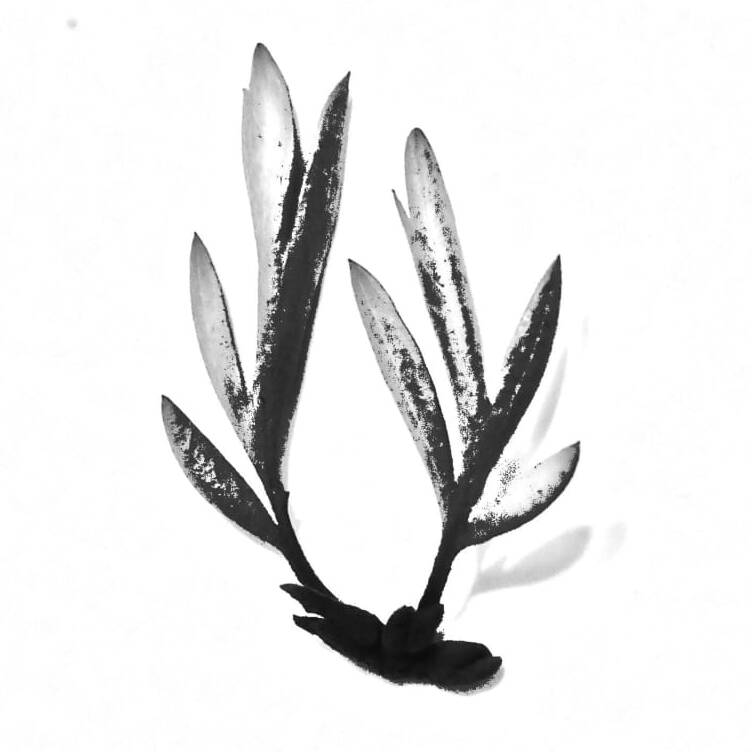Cuckoo
An Environmental Writing exploration of the romantic vs parasitic theorisation of the Cuckoo bird.
natural vs social history
The cuckoo presents an interesting interplay between its natural and social history. For instance, its reproductive strategy is distinctive – characterised by social and brood parasitism coupled with a tendency for host specificity (as seen in the Indian Koel, which targets crows and jays).
The etymology of the word “cuckoo” underscores its onomatopoeic origin, with a historic recognition more by its call than by its appearance. Regarded as a harbinger of spring, the resurgence of the cuckoo’s mating call is often associated with the onset of the farming season and meteorological predictions.
Scientific theorisation has additionally indulged that the cuckoo’s call reflects the quality of its environment, offering insights into the evolutionary and ecological dynamics of its breeding strategy. Its presence is strongly tied to regions rich in bird species, serving as a powerful indicator of biodiversity and a prime surrogate for bird diversity hotspots.
sacred & profane – emile durkhiem
Theoretical Paradigm
The theoretical paradigm of the cuckoo highlights a duality between the sacred (divine) and the profane (mundane).
In European supernatural conceptions, the cuckoo’s migratory arrival after winter is imbued with symbolic significance, representing a return from the netherworld and the delivery of life, such as babies, from their winter abode. This belief extends to the idea that women are influenced by the moon’s phases, with sexual acts between spouses integrated into a broader metaphysical cycle. Souls are thought to traverse from another world, incarnating as newborns in a process symbolised by migratory birds like the cuckoo, which act as mediators between realms.
This duality bridges the sacred and the mundane, using myth and folklore to offer everyday access to the divine.
Cultural Ambiguities
The cuckoo’s multifaceted symbolism is highlighted by its contradictory representations in different cultures and historical contexts. The bird is associated with both positive aspects, such as fertility and longevity, and negative connotations, including deceit and faithlessness.
01
Old Testament: “abomination among fowls,” = negative association – parasitic nature of brooding
02
Greek mythology: projected phallic prowess, Zeus, ravished Hera by assuming the shape of the cuckoo = phallic, sexual – association with fertility.
03
Danish symbol for fertility and longevity + Indian folk music as a symbol of rain = positive association: spring call mating season/migration.
parasitic association
Shakespeare’s King Lear
- “the hedge-sparrow fed the cuckoo so long that it had its head bitten off by its young.” (ingratitude)
- “degenerate bastards,” drawing a parallel with the king himself being akin to a cuckold. The term “cuckold” is further explained through another Shakespearean reference, where a clown describes it as one who has taken in someone else’s “crop.” (unfaithful wife – no motherly or wifely tenderness: she wanders through the woods and there consorts with several males.”)
- Behaviour of the female cuckoo, which, as per Portuguese sources, is said to have ”no stable companion, no nest, and shows
romantic association
Geoffrey Chaucer’s The Parliament of Fowls
- Hierarchy of love – from pure to flawed – positioning lower classes of birds (including the goose, cuckoo, and turtle-dove) as symptoms of humanity.
- The cuckoo is introduced in Nature’s garden as “the cukkow ever unkynde,” suggesting unnatural behavior, possibly due to the species’ nesting habits. Characteristics exhibit deceit and unfaithful behaviour.
- The poem uses anthropomorphism, equating species of birds with classes of men
